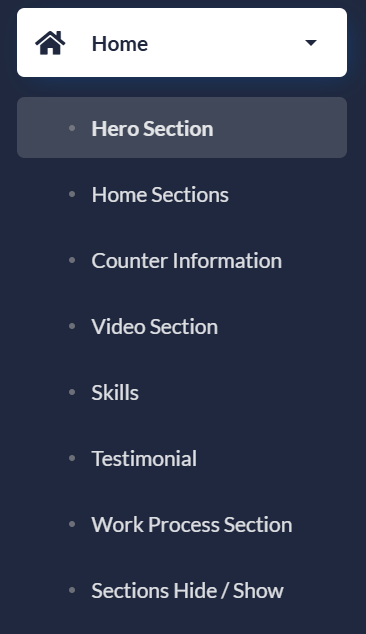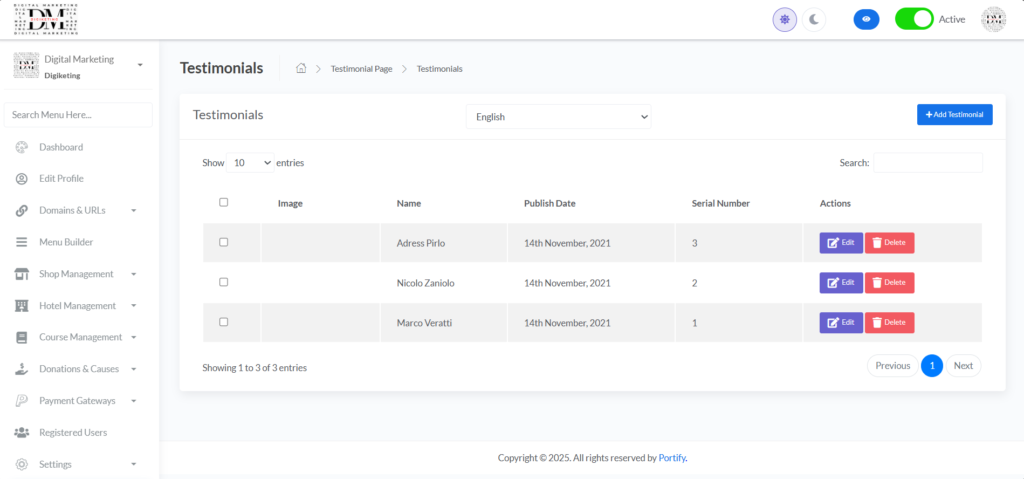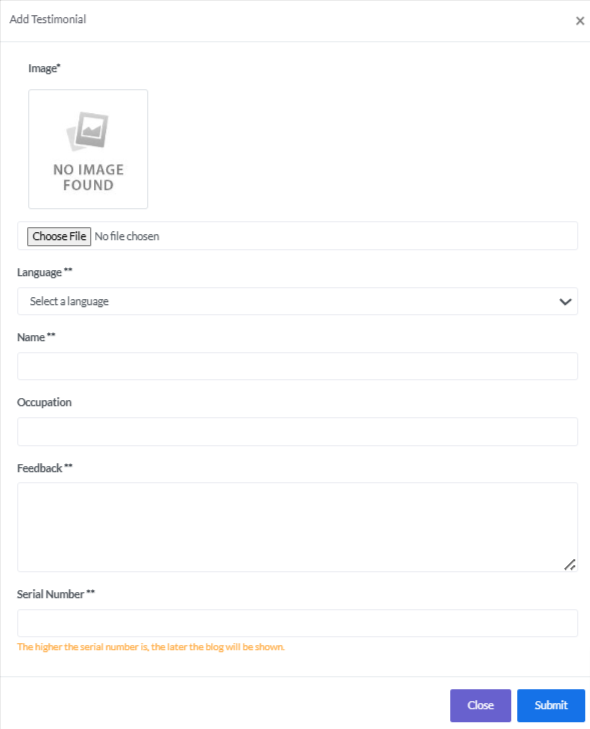Introduction #
Testimonials are a powerful marketing tool for showcasing the success of a product or service. They provide potential customers with social proof, helping them to make informed decisions. In the context of Portify and Business Portify, testimonials can offer insights into user experiences, highlighting the value proposition and unique features of the platform.
Importance of Testimonials #

Testimonials play a critical role in:
- Building Trust: Positive feedback helps establish credibility.
- Boosting Conversion Rates: Testimonials can increase the likelihood of a visitor making a purchase or signing up.
- Improving SEO: User-generated content can enhance search engine rankings.
- Communicating Value: Testimonials can clarify how Portify and Business Portify solve user pain points.
Types of Testimonials #
Text-Based Testimonials #
Short quotes or lengthy narratives that users provide. They should capture the essence of the user’s experience and can include user names, locations, and dates.
Video Testimonials #
Video testimonials attract more attention and engagement. Seeing a customer talk about their positive experience with Portify adds a personal touch.
Case Studies #
In-depth descriptions of how a user or business has achieved significant results using Portify. Case studies often include metrics or tangible outcomes.
Collecting Testimonials #
Methods #
Gathering testimonials effectively can be achieved through various methods:
- Email Requests: Asking satisfied users to share their experiences.
- Surveys: Using structured feedback forms to solicit testimonials.
- Follow-up Calls: Engaging users directly to collect feedback.
Best Practices #
To enhance testimonial collection, consider the following best practices:
- Make it Easy: Provide a simple form or format for feedback.
- Incentivize Participation: Offer discounts or freebies in return for testimonials.
- Respect Privacy: Always ask for permission and anonymize where necessary.
Displaying Testimonials #
On Your Website #
How testimonials are presented on a website can significantly affect their impact. Here are some strategies for displaying testimonials effectively:
- Dedicated Testimonial Page: Create a separate page for testimonials.
- Rotating Carousel: Use a slideshow feature to display multiple testimonials.
- Highlight Quotes: Integrate short quotes throughout relevant pages.
Using Testimonials in Marketing #
Testimonials can also be prominently featured in other marketing materials:
- Email Campaigns: Include testimonials in newsletters or promotional emails.
- Social Media: Share customer stories and quotes on social platforms.
- Advertising: Use compelling testimonials in ads to attract attention.

Measuring the Impact of Testimonials #
Analytics #
To understand the effectiveness of testimonials, implement analytics such as:
- Conversion Tracking: Monitor sales or sign-up conversions related to testimonial pages.
- User Engagement: Assess how users interact with testimonial content.

Feedback Loop #
Creating a continuous feedback loop helps understand how testimonials can improve. Regularly solicit user opinions on the collected testimonials and their effectiveness.
Case Studies of Successful Use #
Here we will document fictitious case studies demonstrating how various businesses successfully used testimonials to grow their Portify and Business Portify user base. Further details can be included to illustrate specific strategies and outcomes in the complete documentation.
Conclusion #
Testimonials are an essential component for Portify and Business Portify websites. By collecting, displaying, and leveraging testimonials effectively, businesses can enhance their credibility, attract new customers, and ultimately drive growth.
Additional Resources #
For more insights into utilizing testimonials effectively, consult the following resources:






Leave a Reply